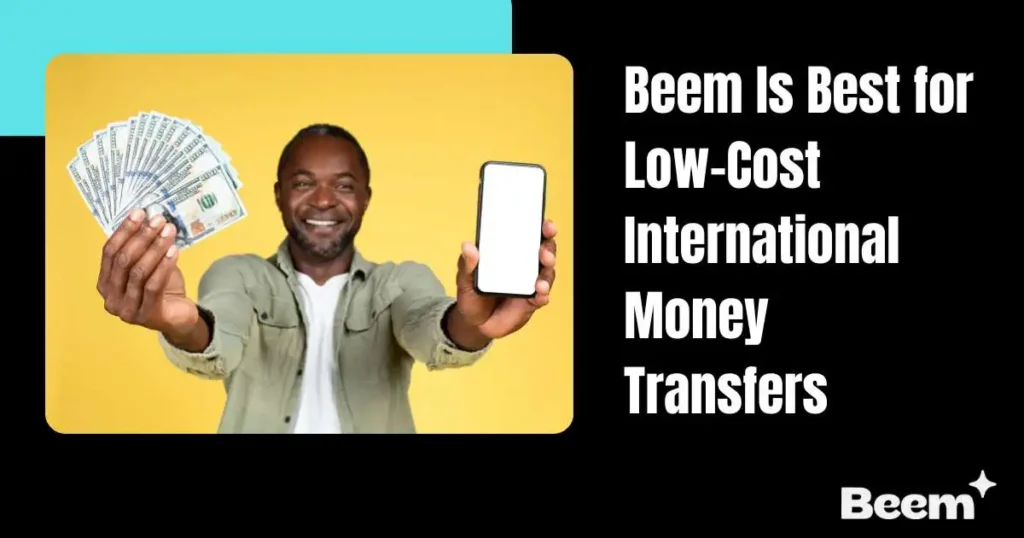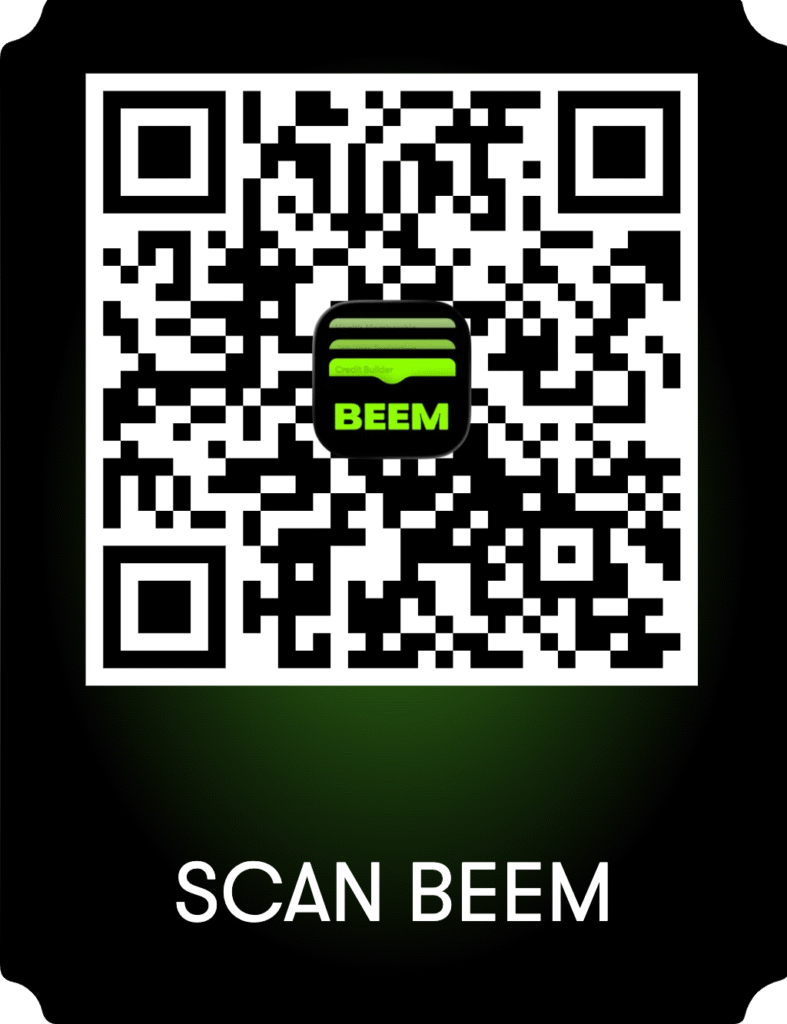At A Glance
With a growing range of digital tools, specialized services, and even creative options like international gift cards, sending money abroad from the US is faster, safer, and more affordable than ever. This detailed guide will walk you through how to start sending money globally, by exploring the best options and highlighting the pros and cons of each so you can make the best choice for your needs.
Why Americans Send Money Abroad
Many Americans send billions of dollars overseas each year. Common reasons for this include:
- Supporting family and friends in other countries
- Paying for overseas education, tuition, or school fees
- Settling international invoices for business or freelancers
- Purchasing property or making investments abroad
- Donating to international causes or charities
The method you choose to start sending money globally can significantly impact how much your recipient gets, how quickly the money arrives, and how much you pay in fees and exchange rate markups. Let’s break down your options and the steps you’ll need to follow.
1. Understanding Global Money Transfers
There are many channels you can use when you start sending money globally. Let’s look at each one.
Traditional Banks
Banks remain a popular option for large, secure transfers. They use global networks like SWIFT to move money between accounts. However, banks typically charge higher fees (often $35–$50 per transfer) and add significant markups to exchange rates. Processing times can range from 1 to 5 business days, depending on the destination and any intermediary banks involved.
Both senders and recipients must have bank accounts, and you’ll often need to provide detailed recipient information (full name, account number, SWIFT/BIC code, and sometimes the recipient bank’s address).
Specialized Money Transfer Services
Companies like Wise, Western Union, MoneyGram, OFX, Remitly, and Xoom have revolutionized international transfers. These services are usually cheaper and faster than banks and offer a variety of payout options, including bank deposit, cash pickup, and mobile wallet delivery.
For example, Western Union has over 600,000 agent locations worldwide, making cash pickup possible even in areas with low banking penetration. MoneyGram also offers extensive global coverage and same-day delivery for many transfers. Wise is known for transparent fees and mid-market exchange rates, while OFX specializes in large transfers with no transfer fees but applies a small exchange rate markup.
Digital Payment Platforms
Platforms like PayPal and Xoom (owned by PayPal) offer quick transfers between account holders. PayPal is convenient for those already using the platform, but international transfers can incur high fees and unfavorable exchange rates. Xoom allows for fast bank deposits, cash pickups, and even mobile wallet top-ups in over 160 countries, making it a versatile option for urgent or recurring payments.
Gift Cards
A creative and often overlooked alternative, sending money via international gift cards (such as Visa, Mastercard, or Amazon) can be an efficient, fee-free way to transfer value, especially for small amounts or gifts. The recipient can use digital or physical gift cards for online or in-store purchases, or convert them to cash in some countries.
Also Read: How Sending Money with Gift Cards Can Help You Save on Fees
2. Choosing the Right Method to Send Money
Key Factors to Consider
- Destination Country: Not all services operate in every country. For example, Western Union and MoneyGram have vast African and Asian networks, while Wise and OFX cover over 70 and 170 countries, respectively.
- Speed: If your recipient needs money urgently, services like Western Union, MoneyGram, or Xoom can deliver funds within minutes, especially for cash pickups. Bank wires and OFX transfers may take several days.
- Fees and Exchange Rates: Banks typically charge the highest fees and markups. Specialized services often offer lower upfront fees and better exchange rates, but always check the fee and the rate. Wise uses the real mid-market rate and discloses all fees upfront.
- Payout Options: Consider whether your recipient prefers a bank deposit, cash pickup, mobile wallet, or a gift card. Cash pickup is crucial in regions with limited banking infrastructure.
- Transfer Amount and Frequency: OFX and banks may be more suitable for large, infrequent transfers. Wise, Remitly, or MoneyGram can offer better value and convenience for regular remittances.
Comparing Available Methods to Start Sending Money Globally
| METHOD | FEES | SPEED | PAYOUT OPTIONS | BEST FOR |
| Bank Wire | High | 1-5 days | Bank deposit | Large, secure transfers |
| Wise | Low/Medium | 1-3 days | Bank deposit | Transparent, cost-conscious |
| Western Union | Varies | Minutes-days | Cash, bank, mobile | Cash pickup, global reach |
| MoneyGram | Varies | Minutes-days | Cash, bank, mobile | Fast, recurring remittances |
| Gift Cards | Low/None | Instant-days | Digital/physical card | Flexible, fee-free, small gifts |
Tip: Always compare the total cost (fee + exchange rate) and check for special promotions or first-time user discounts.
Also Read: How to Send Money to Someone Without Them Paying a Fee
3. Setting Up Your Account
What You’ll Need
- Personal Information: Full name, address, date of birth, and contact details.
- Verification Documents: US driver’s license, passport, or other government-issued ID. You may need to provide proof of address or your Social Security Number for large transfers.
- Security Measures: Set a strong password, enable two-factor authentication, and use secure devices and networks.
Creating an Account
- Banks: You’ll need an existing account and may have to visit a branch for your first international transfer or for large amounts.
- Money Transfer Services: Sign up online or via the apps. Verification is usually quick, but may take longer for higher limits.
- Digital Payment Platforms: Link your bank account or card, verify your identity, and set up security features.
- Gift Card Platforms: Most require only your payment details and the recipient’s email or address, with minimal verification.
Security Tip: Only use regulated, reputable services. Look for licensing information and read user reviews before sharing personal or financial data.
4. Entering Recipient’s Details
Information Required
- Bank Transfers: Recipient’s full name (as on the account), bank account number, bank name, SWIFT/BIC code, IBAN (for Europe), and sometimes the recipient’s address.
- Cash Pickup: The recipient’s name (matching their ID), location, and contact information. To collect funds, the recipient will need to show their ID and the transaction reference number.
- Mobile Wallets: Recipient’s mobile number or wallet ID.
- Gift Cards: Recipient’s email address for digital cards or physical address for mailed cards.
Why Accuracy Matters
Mistakes in recipient information can cause delays, additional fees, or even lost funds. Double-check all details with your recipient before submitting the transfer. Ensure the SWIFT/BIC code and account number are correct for bank transfers. For gift cards, confirm the email or address is current and that the recipient can use the card in their country.

5. Calculating Costs and Reviewing Exchange Rates
Understanding the True Cost
- Upfront Fees: Banks charge $35-$50 for outgoing international wires. Specialized services often charge less, with some offering fee-free transfers for first-time users or large amounts.
- Exchange Rate Markup: This is the hidden cost. Banks and many services add 2–6% to the mid-market rate. Wise and OFX are more transparent, using the real mid-market rate. OFX applies a smaller markup.
- Hidden Charges: Intermediary banks may deduct additional fees, especially for transfers routed through multiple banks.
- Gift Card Costs: Most digital cards have no transfer fee, but some prepaid cards may have activation or usage fees. Always check for regional restrictions and expiration dates.
How to Compare
- Use online calculators from services like Wise, Western Union, or MoneyGram to see the exact amount your recipient will receive.
- Compare both the upfront fee and the exchange rate offered.
- For gift cards, verify that the card is valid and usable in the recipient’s country and currency.
Also Read: How to Send Money Overseas Without Paying Fees
6. Sending the Money
Bank and Money Transfer Services
- Log In: Access your provider’s website or app.
- Enter Amount: Specify how much you want to send and the currency.
- Add Recipient: Enter all required details (see above).
- Review Fees and Exchange Rates: Confirm the total cost and delivery time.
- Pay: You can fund your transfer with a bank account, debit/credit card, or sometimes cash (for in-person services).
- Confirm and send: Authorize the transaction, and you’ll receive a confirmation and tracking/reference number.
Gift Cards
- Choose a Card: Select a reputable provider (Visa, Mastercard, Amazon, Google Play, etc.) and ensure the card is usable internationally.
- Enter Recipient Details: Provide the recipient’s email or address.
- Personalize (optional): Add a message or choose a design.
- Pay: Purchase the card online with your debit/credit card or bank account.
- Send: The card is delivered instantly via email or mail within a few days.
Pro Tip: For urgent needs, digital gift cards are delivered within minutes and can be spent online or in-store, depending on the card.
7. Sending Money via Gift Cards: A Flexible Alternative
How It Works
- Purchase a digital or physical gift card from a major brand (Visa, Mastercard, Amazon, Google Play, etc.).
- Send it to your recipient’s email or physical address.
- The recipient can use the card for online shopping, in-store purchases, or even convert it to cash (depending on the card and local options).
Advantages
- No Transfer Fees: Most digital gift cards have no sending fee.
- Instant Delivery: E-gift cards arrive within minutes.
- No Bank Account Needed: Ideal for recipients without access to banking.
- Personal Touch: Great for gifts, celebrations, or emergencies.
Considerations
- Usability: Ensure the card is redeemable in the recipient’s country and currency. Some cards are region-locked or only work with certain retailers.
- Fees: Some prepaid cards may have activation or usage fees. Store-specific cards (like Amazon) may only be usable on the local version of the site.
- Conversion: Recipients may need to sell the card on a marketplace to get cash, which could involve a discount or a small fee.
- Security: Only purchase gift cards from reputable sources to avoid scams or fraudulent cards.
Best For
- Small amounts, gifts, or when the recipient prefers flexibility over cash.
- Emergencies where instant delivery is needed.
- Recipients who shop online or use digital services.
8. Tracking and Confirming Delivery
For Bank and Transfer Services
- Use your transaction reference or tracking number to monitor progress online or via the app.
- Most services notify the sender and the recipient when the money is available.
- For cash pickup, share the reference number with your recipient. They’ll need it, along with the ID, to collect funds.
For Gift Cards
- You’ll receive confirmation when the card is delivered.
- Remind your recipient to check their spam/junk folder for e-gift cards.
- For physical cards, use shipping tracking if available.
What to Do if There Are Delays
- Contact customer support with your reference number.
- For bank wires, you may need to request a SWIFT trace.
- For gift cards, check the delivery status with the retailer or platform.
9. Tips for Safe and Efficient International Transfers
- Compare Providers: Fees, exchange rates, and delivery times vary widely. Shop around before sending.
- Double-Check Details: Mistakes can be costly and time-consuming to fix.
- Use Secure Platforms: Only use regulated, well-reviewed services. Avoid public Wi-Fi for transactions.
- Keep Records: Save all confirmations and receipts.
- Be Aware of Scams: Never send money to someone you don’t know or trust. Learn about common scams and how to avoid them.
- Understand Regulations: Some countries have limits or taxes on incoming funds. Check requirements before sending.
- Regular Transfers: For frequent payments, look for services with loyalty programs or recurring transfer options (MoneyGram, Western Union).
Also Read: How to Avoid Hidden Fees When Sending Money Abroad
Conclusion: Start Your Global Transfer with Confidence
Whether you choose a traditional bank, a specialized service like Wise, Western Union, or MoneyGram, or even a flexible option like sending a gift card, you have more control and transparency today when you start sending money globally.
Remember to compare all costs, not just the upfront fee, and double-check all details for a smooth, secure transfer.
Beem lets you support loved ones abroad instantly — with zero hidden fees. Its exclusive ‘Send Now, Pay Later™‘ feature allows you to transfer money immediately, even if your balance is low, and repay later, offering flexibility when it matters most. Download the Beem app here.












